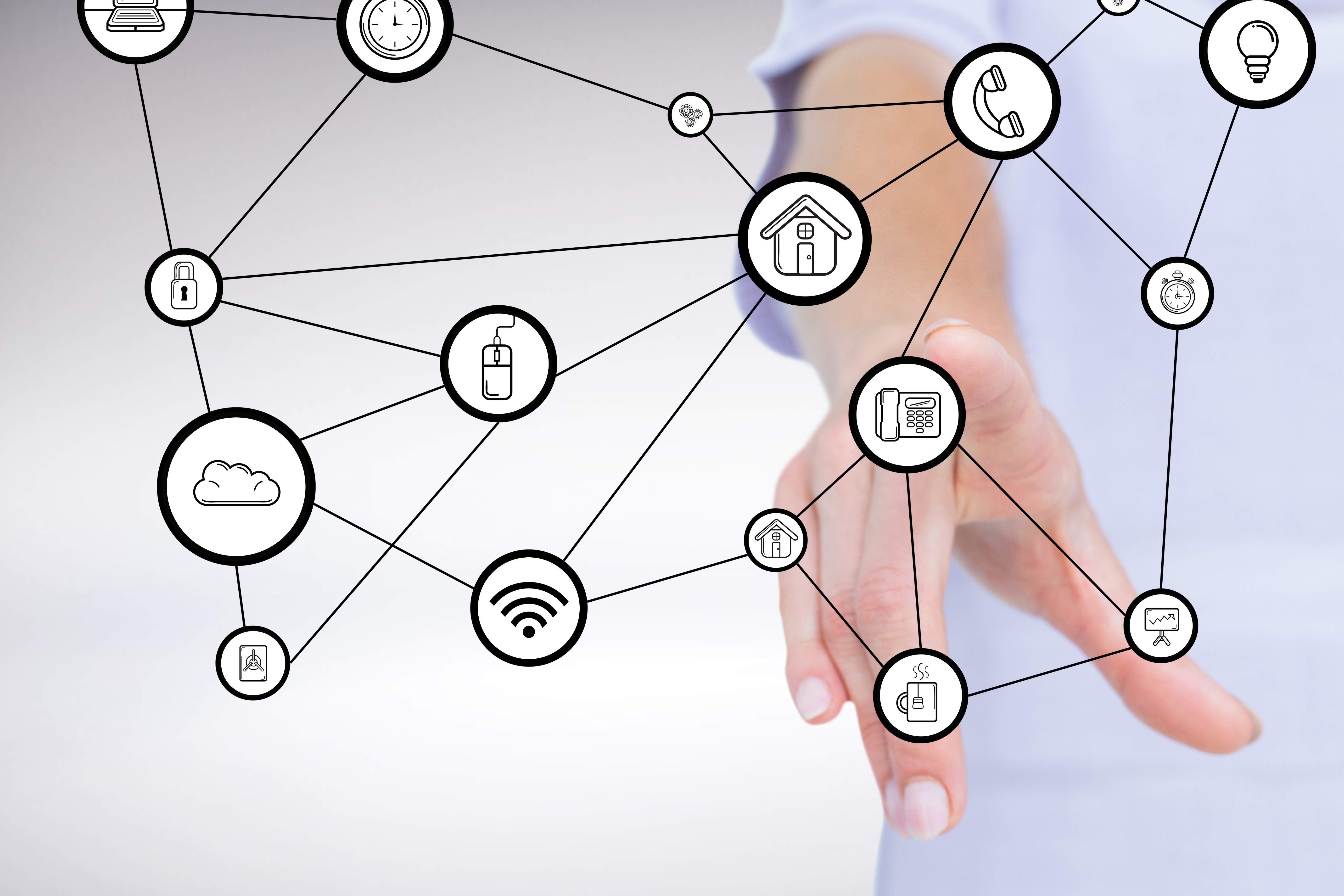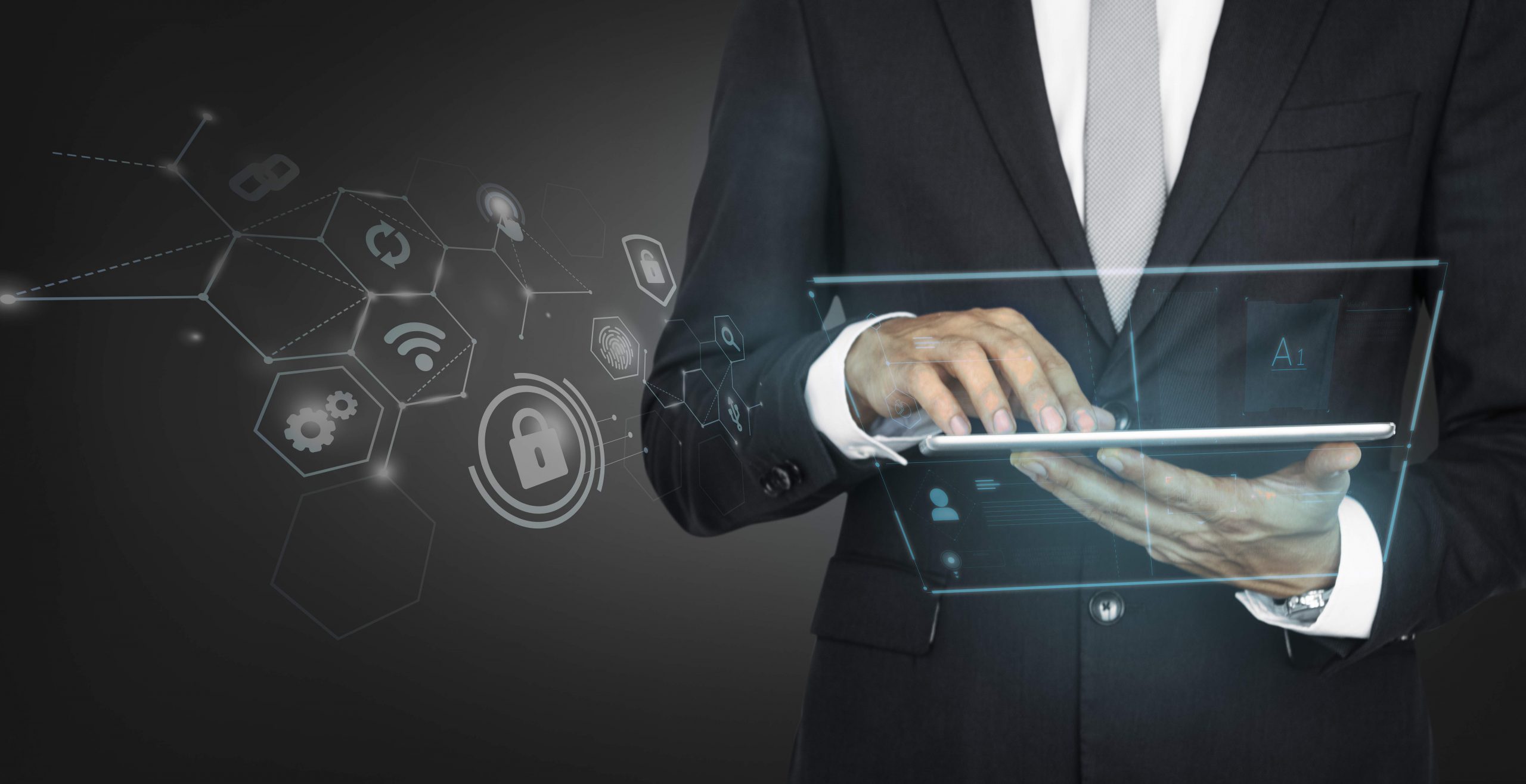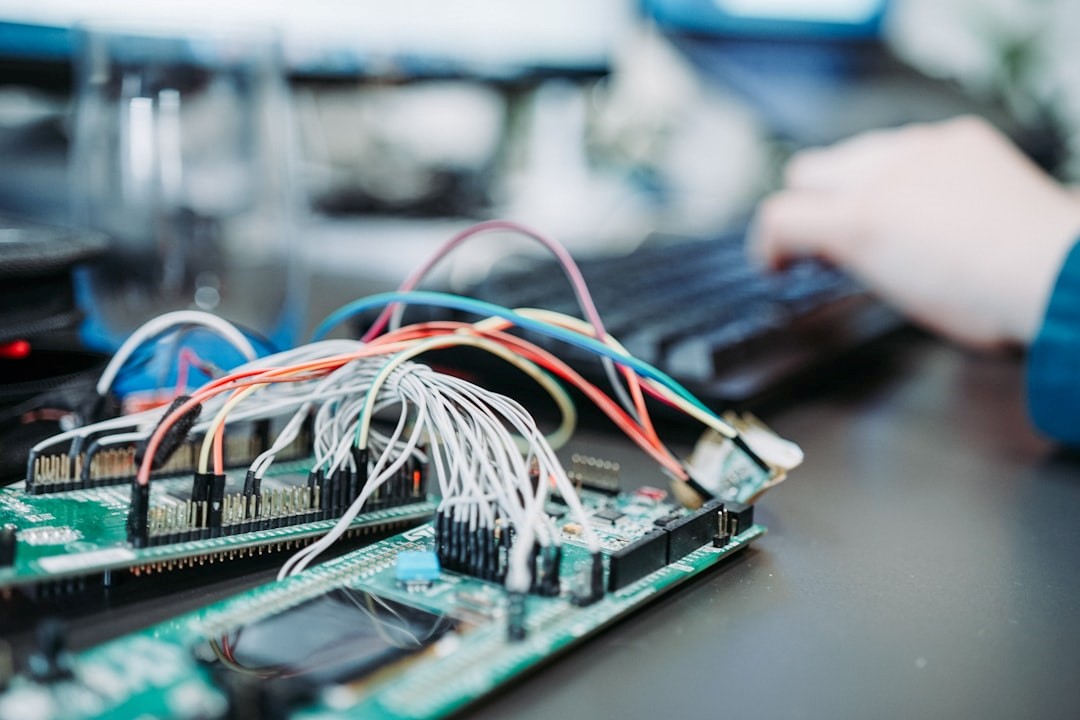Understand The Difference Between IoT (Internet of Things) Vs. WoT (Web of Things)
-
December 22, 2023
-
8 min read

The technological landscape has been evolving, and one term that has grabbed the attention of businesses is IoT or The Internet of Things. It has transformed the way we perceive connectivity. As IoT surges towards an estimated 29 billion devices by the year 2030, the horizon of possibilities broadens, thus offering a future where every element around us communicates and collaborates.
The Web of Things is a relatively new concept. It is basically the evolution of IoT. This technology connects devices to the web. IoT and WoT both promise a future of interconnected devices. One can imagine a world where a coffee maker talks to the alarm clock, a car communicates with the traffic signals, and healthcare devices share data with a physician’s system.
Though the technologies are similar in many ways, there is a fine line of difference between the two. This blog will underline the key differences between IoT and WoT and eliminate the ambiguity.
Understanding the Internet of Things (IoT)
IoT basically refers to the physical devices that are connected to the wireless network. These include mobile devices, laptops, speakers, vehicles, and even lighting. The devices are embedded with software, sensors, or other technologies that enable them to share data over the Internet. In IoT, everything is connected.
The heart of IoT lies in its diversity. From RFID tags, and QR Codes, to intricately designed smart devices, IoT combines everyday entities into a unified network.
The need for IoT
IoT has made our lives more convenient than ever. To operate more efficiently, organizations are increasingly relying on IoT technologies. IoT enables businesses to work more efficiently and make informed decisions.
The need for IoT (Internet of Things) stems from its ability to connect and automate devices. It enhances efficiency, convenience, and data-driven decision-making across industries. IoT enables smart homes, efficient logistics, and healthcare monitoring. And, sustainable resource management which makes it transform our routine lives.
The ease of IoT
Implementing IoT devices has become incredibly easy. This is why such devices have become popular across industries. Setting up smart devices like smart thermostats, security cameras, or fitness trackers is as simple as plugging them in and following a few straightforward steps on a smartphone app. This user-friendly approach means that anyone, even without technical expertise, can start using IoT devices.
How has IoT proved to be beneficial for a healthcare products company?
Kent RO used Airtel IoT to launch a video surveillance camera called Cameye. The IoT platform was needed for SIM lifecycle management. Kent also wanted the ability to categorize SIM cards based on their unique criteria.
Airtel offered an API gateway that would integrate the IoT data directly with the company’s CRM systems. This solution helped Kent to activate SIM cards, deactivate SIM cards and perform other functions directly through their CRM system.
What is the Web of Things (WoT)?
Enter the Web of Things (WoT), a novel evolution advancing beyond IoT. The World Wide Web Consortium or W3C has put in place a set of standards, referred to as WoT. It facilitates the fragmentation, interoperability, and usability of IoT. Basically, it is a subset of IoT that simplifies the connection of devices. It is created around software standards including HTTP, REST, and URIs.
The Web of Things (WoT) extends IoT by integrating devices and data into the web. WoT makes seamless device interaction possible. This way, it enables data sharing and interoperability. It makes IoT more accessible, scalable, and user-friendly for a wide range of applications and users.
The need for WoT
WoT was created to overcome the limitations of IoT. The IoT becomes complex when the number of devices connected together increases. Different IoT standards and protocols are incompatible with each other. This increases the complexity when the number of connected devices increases.
While IoT facilitates data exchange by sharing IP addresses, it doesn’t ensure that the device understands it. It is here that WoT comes in. HTTP comes with a universal protocol for transferring data. It allows sharing data in various formats including images, text, sound, and other formats. By adapting to web protocols, WoT can connect anything in the physical world and make it available over the World Wide Web.
IoT vs WoT: The Fine Line of Difference
While both technologies serve the same purpose of enabling connectivity, there is a difference in the layer they work on. Some key differences between the two are mentioned below.
- The IoT connects physical devices and sensors to the Internet. On the other hand, WoT connects IoT to web architecture.
- While IoT primarily focuses on data collection and device communication, WoT ensures device interoperability and access to the web.
- IoT operates independently of the web. However, WoT leverages existing web standards for device communication and control.
- IoT devices have different protocols. On the other hand, WoT uses a single protocol for multiple IoT devices.
- IoT systems can face challenges in scalability as the number of connected devices grows. WoT is designed to be more scalable. It adapts readily to larger systems and diverse device integrations.
Use Cases and Real World Applications of Web of Things (WOT)
The practical applications of WoT have already started transforming industries and everyday life. It manifests the potential of a seamlessly connected world. Here are some use cases of WoT.
Greenhouse horticulture
WoT finds application in greenhouse horticulture through a connected system of sensors and facilities. Monitoring temperature, humidity, and CO₂ levels via a cloud-connected gateway can optimize plant growth. Automated controls can regulate conditions to adjust sunlight exposure and CO₂ concentration for maximal photosynthesis.
Insurance
By employing WoT’s interconnected system, real-time data collection and analysis can aid in predicting and detecting potential incidents early. This technology enables customized insurance policies through usage-based tracking. Additionally, predictive weather monitoring integrated with WoT assists in rerouting vehicles. It minimizes damage and associated costs.
Smart Retail workflows
Integrating multiple devices into retail workflows via WoT revolutionizes operations. It offers enhanced visibility into consumer behaviour and environmental data. This integration expedites root cause analysis and simplifies retailer tasks. It enables informed decision-making for optimal customer interactions and supply chain efficiency. Cost-efficient sensors, cloud services, and data analytics further drive increased revenue, improved safety, and better operational strategies in retail.
Home automation and smart environments
The integration of WoT into home automation systems has led to a revolution in convenience and efficiency. Smart devices, from thermostats to lighting systems and security cameras, now integrate with web platforms.
Imagine adjusting your home’s temperature or lighting remotely through a web-based application, or receiving alerts on your smartphone about potential security breaches. This interconnectedness simplifies daily routines and augments home security. All this is enabled by WoT’s capacity to bridge diverse devices onto the web platform.
Industrial solutions and operational efficiency
In industries, the concept of WoT has significantly impacted operational efficiency. By unifying diverse devices and systems under a web-based interface, manufacturing plants and supply chain management systems can achieve enhanced monitoring, control, and predictive maintenance.
The ability to track and manage machinery, logistics, and inventories via a web interface leads to improved productivity and reduced downtime. Manufacturing plants can use WoT to identify hazardous working conditions and notify the workers. This will prevent any accidents or risks at the workplace.
Healthcare and remote monitoring
The integration of WoT has been a game-changer in the healthcare sector. Devices embedded with sensors collect real-time health data and transmit it to medical practitioners over the web. The result? Continuous monitoring of patient’s health conditions and early detection of anomalies.
For example, wearable devices that measure vital signals, coupled with WoT, help doctors remotely monitor patients with chronic conditions. This ensures prompt responses and personalized healthcare solutions.
Future Prospects
The future convergence of IoT and WoT is a compelling field to explore. Combining the robust connectivity and data exchange capabilities of IoT with the standardized interface of WoT holds great promise. IoT has already seen widespread adoption across various business verticals. The versatility of IoT devices and the vast amounts of data they generate have paved the way for innovations.
The implementation of WoT is still in its early stages. The focus is primarily on research, development, and standardization efforts. However, its potential impact is promising. The way WoT simplifies integrating devices into existing web ecosystems makes it more accessible and easier to manage.
Willing to Kickstart Your IoT Journey? Switch to Airtel
The distinction between IoT and WoT is significant, showing the varying approaches to device connectivity, data exchange, and standardization. IoT focuses on diverse communication protocols and device-specific standards. WoT emphasizes a unified framework for seamless device integration using web technologies.
As the evolution of both paradigms continues, the synergy between IoT and WoT can revolutionize interconnected systems. It will foster enhanced interoperability, security, and user experience in the world of connected devices.
For businesses embarking on their IoT journey, reliable connectivity forms the backbone of a successful implementation. Airtel offers robust IoT connectivity solutions tailored to streamline operations, drive efficiencies, and enhance productivity.
Airtel IoT connectivity solutions offer a reliable, secure, and scalable network infrastructure. Businesses can have a seamless experience of integrating devices and facilitating real-time data transmission. Leverage Airtel’s expertise in connectivity when embarking on your IoT transformation. Ensure a smooth and efficient transition towards a connected future.
 Share
Share








